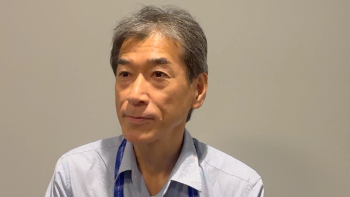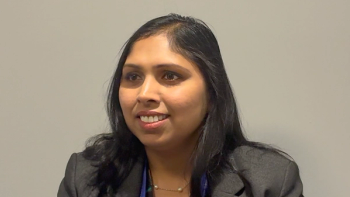
- ONCOLOGY Vol 11 No 10
- Volume 11
- Issue 10
Researchers Discover Important Piece of Genetic Aging Puzzle
A team of researchers has disrupted the natural progression of division and death in human cells, endowing the cells with an
A team of researchers has disrupted the natural progression of division and death in human cells, endowing the cells with an extended life-span.
Reporting in the journal Science, Brown University researchers describe how they can temporarily thwart the aging process by removing a gene, dubbed p21, from ordinary human cells cultivated in the laboratory. Cells without the gene divide for up to 30 additional generations before dying.
The researchers modified a gene knock-out method that is routinely used to genetically engineer mice for scientific research, and used the technology to remove the p21 gene from human cells. The knock-out method described in Science allows for specific changes in manipulating human cells.
For obvious ethical and medical reasons, we cant make a knock-out human, and were not going to clone a human, so this is as close as we can get, said John Sedivy, associate professor of molecular biology, cellular biology and biochemistry. Because cancer cells appear to possess an infinite life-span, the finding may offer insight into how human cells become tumor cells, an important step in understanding the cancer process, he said.
Moreover, the finding has broad disease-fighting implications because it allows scientists to study genetically varied human cells without altering human beings to produce such cells.
The research may have important gene therapy implications. There is no reason we couldnt take cells from a patient, alter them, and put them back in that patient, said Sedivy.
Articles in this issue
about 28 years ago
Vinorelbine in Non-Small-Cell Lung Cancerabout 28 years ago
Paclitaxel and Vinorelbine in Non-Small-Cell Lung Cancerabout 28 years ago
Safety Data From North American Trials of Vinorelbineabout 28 years ago
Cisplatin Alone vs Cisplatin Plus Vinorelbine in Stage IV NSCLCabout 28 years ago
Current Management of Unresectable Non-Small-Cell Lung Cancerabout 28 years ago
The Economics of Prostate Cancer ScreeningNewsletter
Stay up to date on recent advances in the multidisciplinary approach to cancer.




















































































